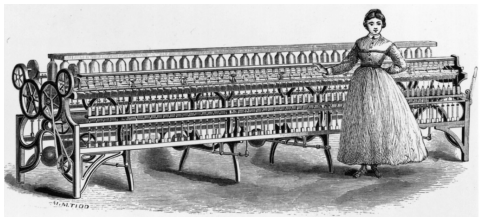(“The Upper Store”)
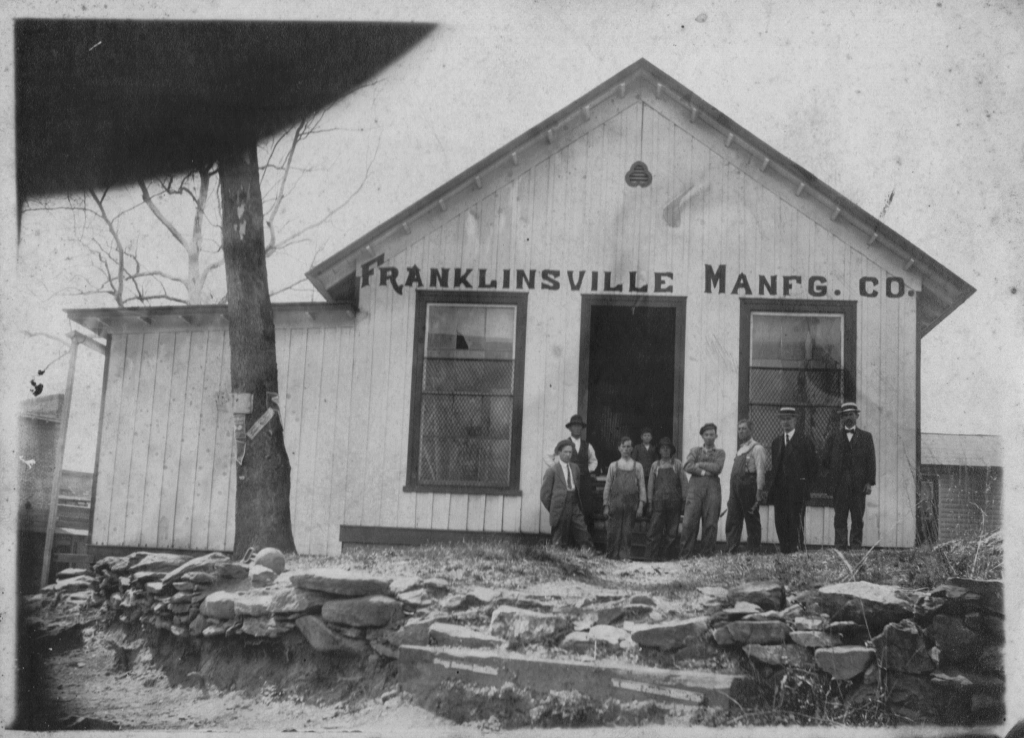
From the beginning of the Industrial Revolution, one of the most vital parts of any textile mill village was a shop selling a variety of goods not otherwise locally available. When the Randolph Manufacturing Company was incorporated in 1838, the stockholders were first concerned with building the mill, and then houses for the workers. Work on those began in April 1838, but a corporate store was just getting underway eleven months later. The local newspaper reported that “a little village has sprung up at the place which has assumed the name of Franklinsville, embracing some eight or ten respectable families. A retail store of goods has just been opened here on private capital. And the company have now resolved to establish another one on part of their corporate funds.” [Southern Citizen, 8 March 1839].
There is no exact date that the Company Store opened for business, but it probably was ready by the time the factory began cotton spinning operations in March 1840. (SCit (Ral Reg 31 Jan 1840) . When the Island Ford factory was proposed a mile downstream, construction of the “Store house” was one of the first orders of business. “Resolved, that we proceed to build a Store house 32 feet by 42 feet immediately to be used as a work Shop while building the factory.” [Island Ford Directors’ Minutes, 6 March 1847 ]
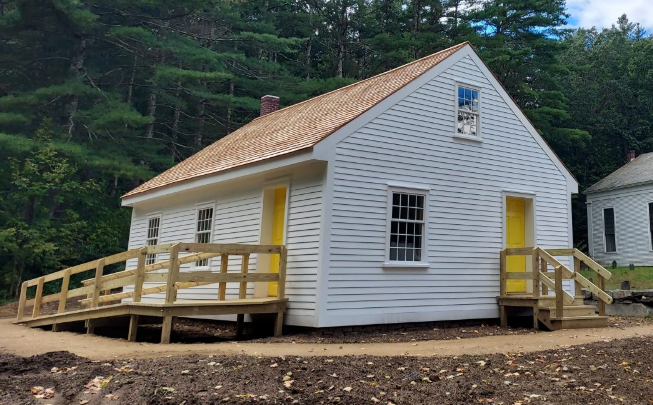
That first company store was built by the Randolph Manufacturing Company across the road and facing the main entrance of the mill, before 1840. The granite foundation, 20×20 feet in plan at the northeast corner of the intersection of Buie Lane and Andrew Hunter Road is almost certainly its original location. That placed it 15 feet above the north entrance of the factory, and about fifteen feet below the line of worker tenements known as the “Cotton Row” – perfectly placed for workers walking to and from the mill. Little else is known about this institution, except that it was a wood frame structure, painted red. From 1853 the rebuilt Randolph factory was managed together with the Cedar Falls factory under the supervision of George Makepeace, who lived on the hill high about the mill and store. His second-in-command in the store and counting room at Franklinville was William Henry Ragan (at Cedar Falls it was John M. Odell). Superintendent George Russell noted in 1923 “The old red store was burned April 18, 1884 just thirty-three years after the old cotton mill was burned.”
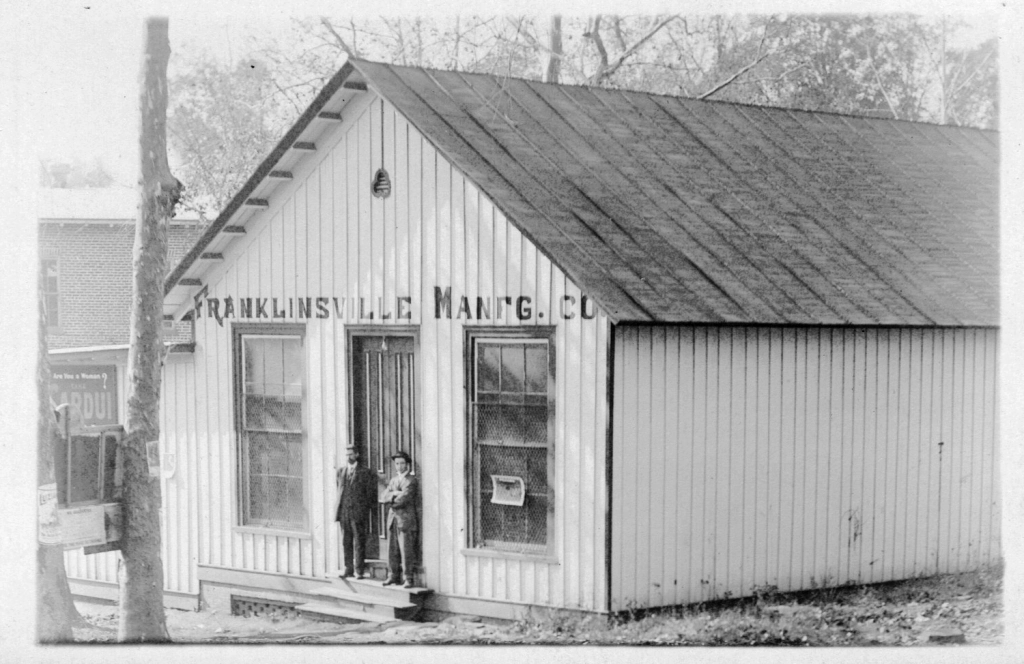
The “Upper Company Store” was rebuilt in 1884 in the popular “Carpenter Gothic” style. The one-story board-and-batten building was painted pink with alternating gray battens. From foundation to gable peak the exterior was twenty-two feet high, with the ceiling inside 12 feet tall. The interior walls were plastered with a tongue-and-groove wooden ceiling. At some point a shed-roofed wing was built along the south wall, and even later a millinery shop was added on the north side near the railroad tracks, and a larger office for the mill was built on the southwest corner.
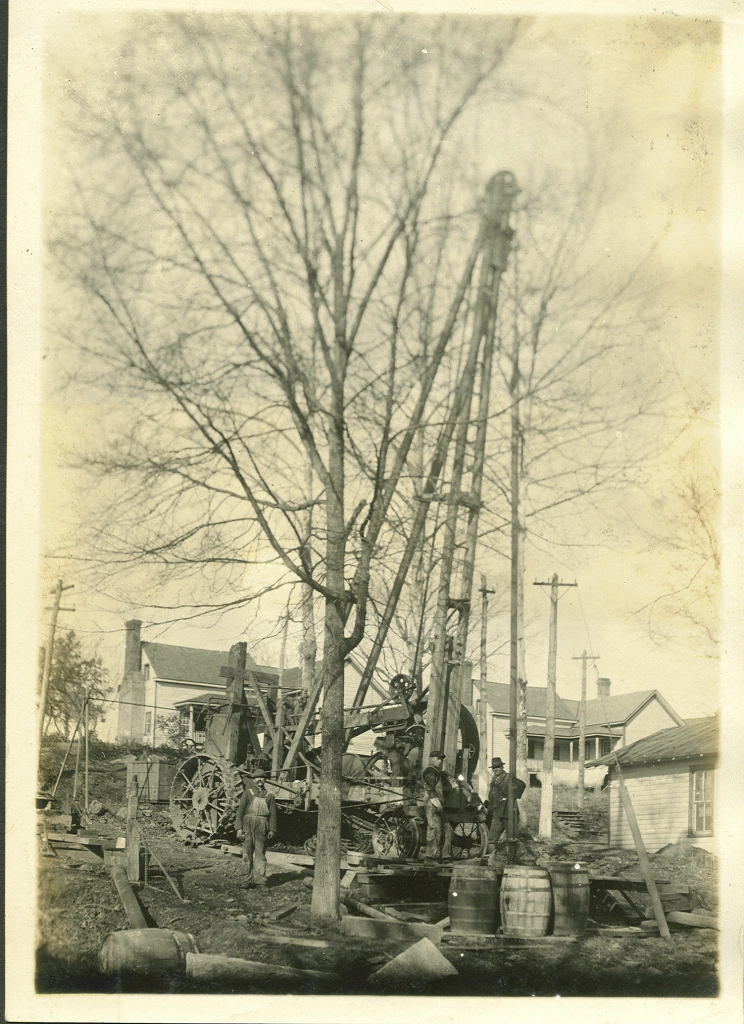
Yet another community necessity was situated on the Company Store lot- the community well. A well producing water for the steam engine was located on the south side of the factory, but drinking water for the factory and the nearby tenements was pumped from a well about 15 feet east of the Red Store. In 1917 a new well was needed, and a steam well drilling rig was brought in to create a new 71-feet-deep well with an electrical pump powered by a Delco “light plant.” But the old wooden pump and water barrel can still be seen nearby in the photograph.
This Company Store housed the first library in the community, noted when it expanded in 1903: “Prof. C.H. Julian moved the library from the Company Store to the academy and it will hereafter be under the management of Prof. Weatherly.” [The Courier, 10 Sept. 1903] J.H. Marley was the manager of the store from 1915 until it merged with the lower store. ” “It was in 1920 when it was decided to consolidate the two stores and build a new brick building 45′ x 90′ with basement; this was completed and goods moved into the new building December, 1920, and run in the name of the Franklinville Store Co.”
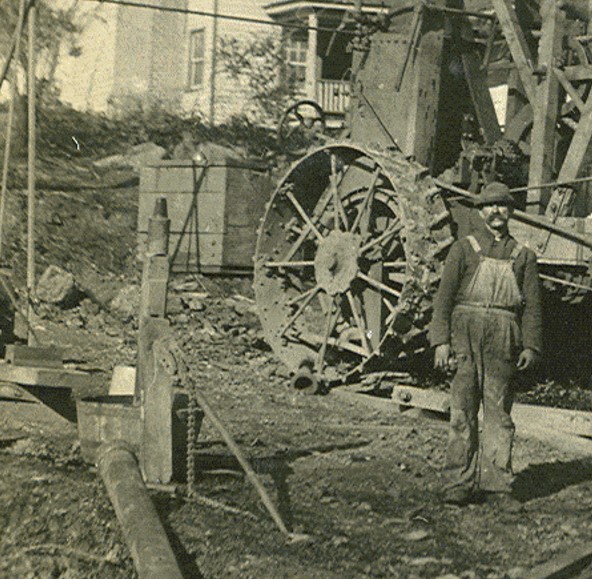
The building was used for storage until the fall of 1924, when a “wet wash laundry” was installed inside. “We feel that this will be a great convenience to our people as trucks will call and deliver the laundry. Mr. C.F. Benson, who has had two week’s training in one of the best laundries in Greensboro, will have charge as manager.” [Courier, 10-16-24]. “Mr. J.L. Andrews, of Danville, Virginia, who has had several years of experience in the laundry business, will assist C.T. Henson in operating this plant.” The laundry was apparently a success, as just a year later it expanded into something like a dry cleaners: “Mr. J.C. Johnson has opened up a steam cleaner and pressing club in the Franklinville Laundry building.” [The Courier, 9-17-25].
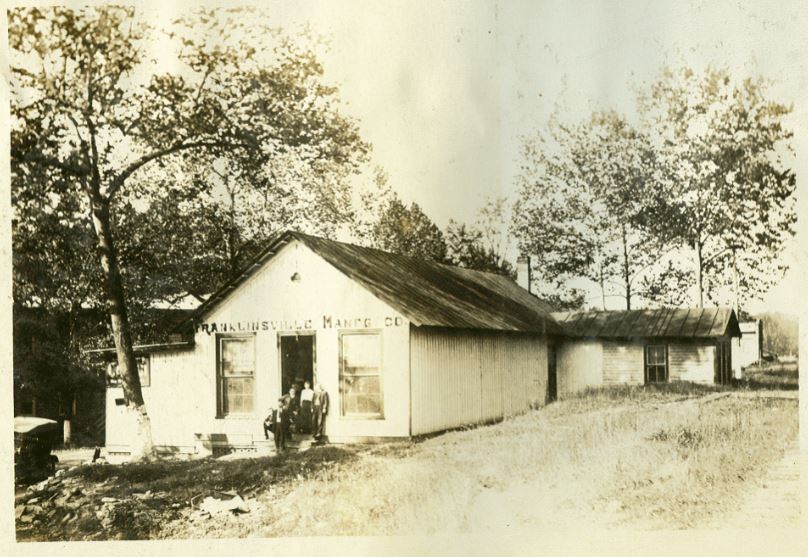
It isn’t clear how long the laundry business lasted, but the first hint of another use came in 1928, when “W.W. Wilson, of Raleigh, has opened up a roller cover shop in the north room of the laundry building, near Randolph Mill No. 1. Mr. Wilson has had several years experience and is well prepared to do this kind of work. [The Courier, 2-9-28]. Spinning frames used rollers covered in leather sheaths to draw out and twist the cotton sliver into yarn, and these leather covers had to be replaced regularly. By the late 1930s the 1884 store had become the Randolph Mills machine shop, consolidating the two separate machine shops which had been part of each mill since their inception. When a brick machine shop was built near Mill #2 in 1956, the old frame store was abandoned. A careless smoker caused a fire which destroyed the building in 1986.
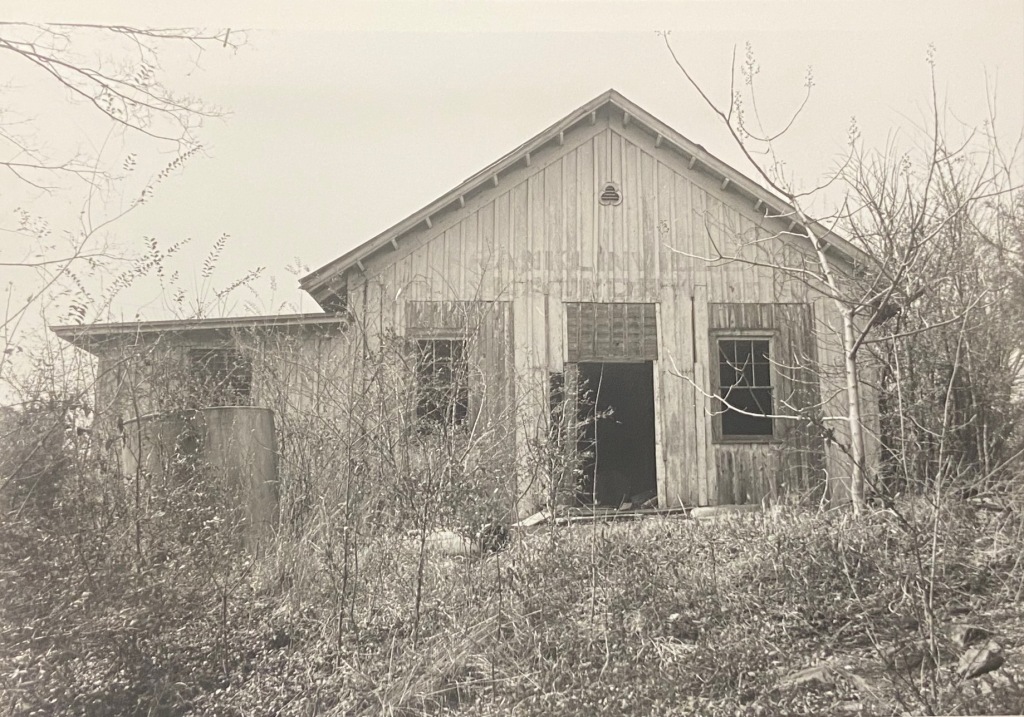
But the history of a Company Store must include far more than the simple construction details and uses. The Store was the economic face of the mill corporation. While some visitors might be invited to tour the factory, anyone at any time could patronize the store. For a mill village, the company store was the source of food, fuel, clothing, news of the outside world (as the location of the post office) and, for all intents and purposes, the local financial institution. Those aspects of the store are explored in a separate post.
